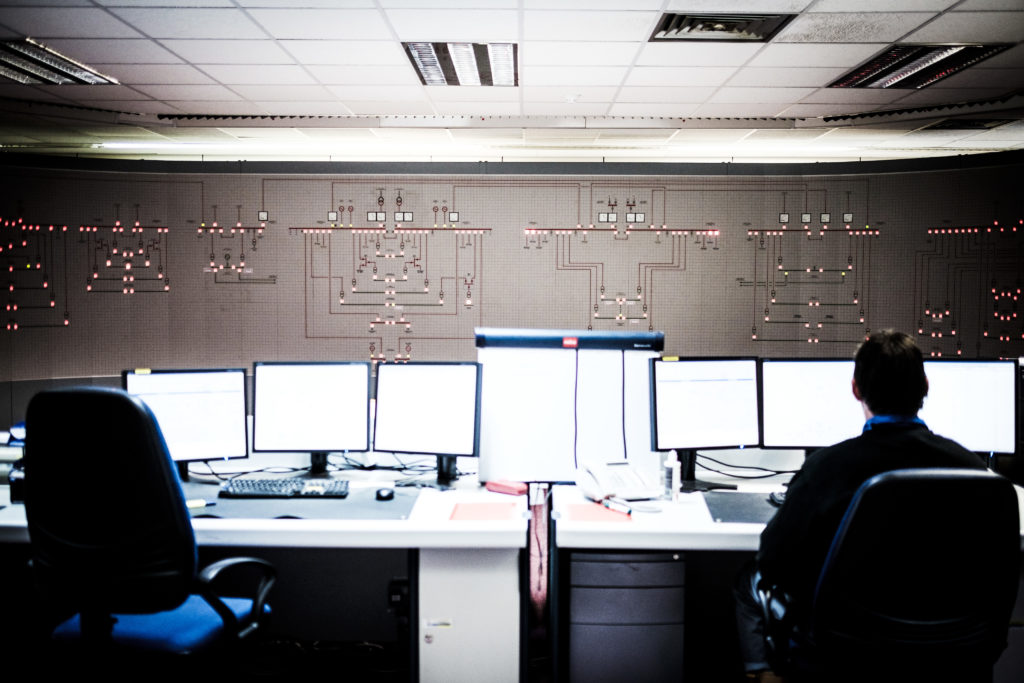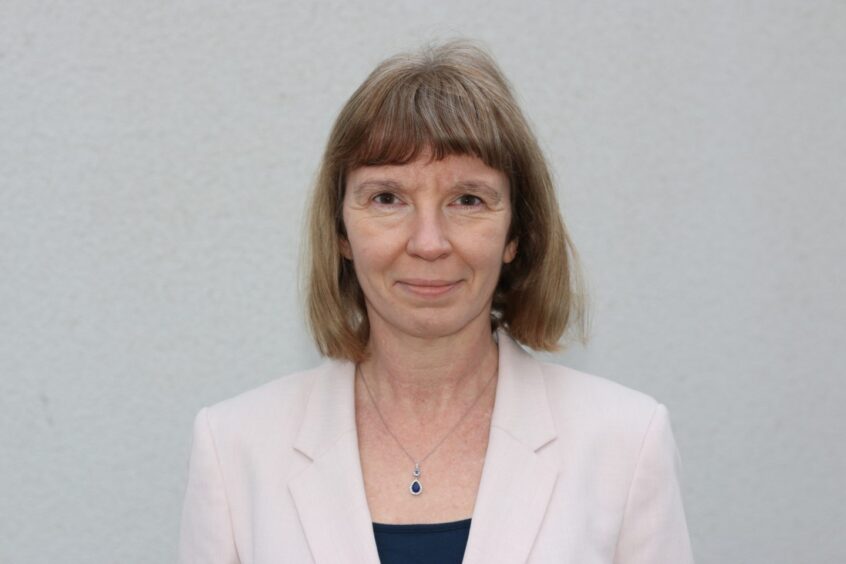
In the heart of the energy sector, control rooms have long been the linchpins of power grid management.
Traditionally, these rooms were designed for a world where energy production followed consumption – a time when coal and hydropower plants responded to the varying demands of homes, industries, and businesses with manual adjustments and phone calls.
As we now stand at the crossroads of the energy transition, the need for modernisation in control rooms is more pressing than ever.
The strain on the power grid due to the increased demand for renewable energy has been a topic of ongoing discussion, with the shift from coal and hydropower to wind and solar introducing new complexities.
This growing share of renewable power necessitates greater flexibility and robust demand-response systems.
Today, control rooms are tasked with managing a huge volume of intermittent renewable energy sources while ensuring stability and efficiency in a grid that operates 24/7.
However, many control rooms remain entrenched in outdated practices, struggling with archaic technologies and manual processes that hinder their ability to adapt quickly to these new challenges.
The modernisation of control rooms could boost existing infrastructure capacity by up to 50%. Despite this potential, the importance of upgrading these control rooms remains largely unrecognised within the industry, overshadowed by the focus on expanding new power lines.
Supplier and innovation roadblocks
In Europe, the situation is compounded by a scarcity of suppliers capable of delivering the advanced solutions required to deliver such efficiencies.
The complex and costly nature of upgrading control rooms means that modernisation projects, like those undertaken by Statkraft and Statnet, stretch over a decade.
The existing software systems are not only difficult to upgrade but also lack interoperability, further complicating upgrading efforts.
With only four major control centre suppliers serving around 40 Transmission System Operators (TSOs) in Europe, the market for these critical technologies is both limited and slow to innovate.
Due to the low frequency of new projects, there is little incentive for new suppliers to enter the market and the lack of competition means those that do exist have significant influence over the pace of digitalisation within power grid control rooms.
The motivation to invest in research and development is also lower and their position allows them to prioritise maintaining existing systems over introducing more advanced, fully automated, and digital solutions.
This further delays the necessary upgrades that would enhance grid stability, flexibility, and resilience as the energy transition ramps up.
Challenges of the modern grid
The need for advanced technologies, such as artificial intelligence (AI) and automated demand-response systems, is critical for managing the increased complexity of a renewable-dominated power system.
As a result, rapid advancements in both information and operational technology are expected in grids in the coming years. But this must be supported by a robust approach to risk management, with a particular emphasis on cybersecurity.
Nearly half of roughly 1,300 senior energy professionals surveyed by DNV in 2024 stated that they are planning to integrate AI-driven applications in the coming year.
DNV also projects that AI could reduce clean energy generation costs by $1.3 trillion and overall power system costs by 6-13% by 2050.
However, while digitalisation is essential in supporting a more complex energy mix, the control room’s role as the nerve centre of power grid operations means that any upgrade must ensure security and reliability.
The risk of system failures or cyberattacks underscores the need for proven, robust solutions – a necessity that slows the adoption of new technologies.
The challenge is further intensified by the requirement to modernise not just control rooms but also the broader infrastructure, including substations and digital equipment, to achieve true efficiency.
Paving the way forward
Despite these challenges, there is a growing recognition of the need for modernisation. Countries like Iceland, Norway, as well as local government in Texas, have made significant strides, though none have yet achieved the level of advancement required.
One promising initiative is the Max Grid project, which combines four different technologies to advance control room capabilities.
By integrating digital twins, cybersecurity measures, and advanced measurement systems, this project aims to address the complex puzzle of digitalising control centres.
Realistically, change cannot happen overnight, so the focus is on incremental improvements which can collectively drive significant progress.
By fostering collaboration among existing suppliers, exploring cross-industry solutions, and raising awareness about the importance of control room modernisation, the sector can overcome current barriers and achieve a more efficient and resilient power grid.
While the journey is complex and challenging, it is essential to meet the demands of both today and the future’s dynamic energy landscape.
 © Supplied by DNV Energy Systems
© Supplied by DNV Energy Systems